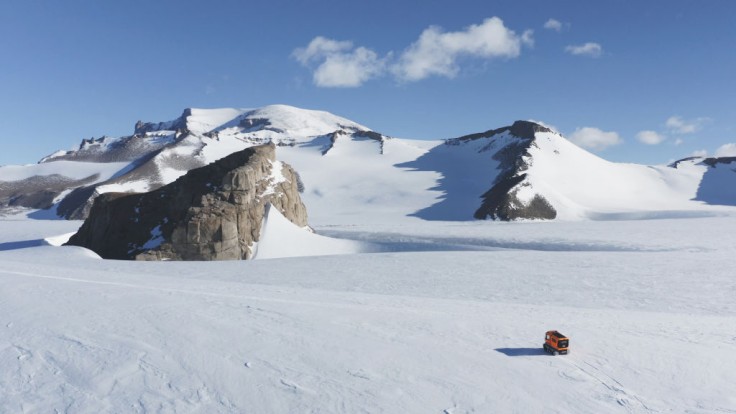Antarctica's coastal glaciers are crumbling faster, and it is more rapid than previously thought.
A satellite analysis of NASA's Jet Propulsion Laboratory (JPL) showed that Antarctica is shedding icebergs more rapidly, which is double the previous estimates of losses.
The study led by the researchers at NASA's JPL, which was published in the journal Nature, brings new concerns about how rapid climate change is causing the crumbling of Antarctica's floating ice shelves, as per CNN report.

Findings Show That Crumbling of Ice Glaciers is Twice the Previous Estimates
According to a NASA-led study, the edge of Antarctica's ice sheet has lost about 12 trillion metric tons of ice since 1997, as per CNET.
The study's key finding indicates that the net loss of Antarctic ice from coastal glacier chunks "calving" off into the ocean is almost as much as the net amount of ice that scientists already knew was being lost due to thinning, as per CNN.
The thinning of icebergs is caused by the melting of ice shelves from below due to the warming seas.
The study's finding is an alarming fact, which is made even worse by the researchers' realization that the data shows that it is, in fact, twice the previous estimates.
Moreover, this phenomenon is likely to accelerate at the rate of the Earth's warming climate attributed to human-induced climate change.
"Antarctica is crumbling at its edges," said Chad Greene, lead author of the study and scientist at NASA's Jet Propulsion Laboratory. "And when ice shelves dwindle and weaken, the continent's massive glaciers tend to speed up and increase the rate of global sea level rise."
From calving alone, the net loss of the continent's ice shelves in the past quarter-century is almost 37,000 sq kilometers (14,300 sq miles). This is almost as big as Switzerland, according to Greene.
According to Greene, the situation has enormous consequences because of all the world's ice, Antarctica holds 88% of the sea level potential.
Read Also: Is the Antarctica a Desert? This Is What Scientists Have To Say
Antarctica is Unlikely to Return to its Pre-2000 Condition
Calving typically happens naturally at a pretty steady rate. This means that ice shelves have a constant size for a long term. Also, sea levels normally have consistent level, too.
But according to NASA, in the recent decades, the warming ocean has cause destabilization of the Antarctica's ice shelves. The warm ocean is melting the ice shelves from below, making them thinner and weaker.
In recent decades, it is not due to coincidence that ocean's temperatures rise exponentially due to climate change.
While variations in climate are somewhat expected to happen, the rising of temperature is simply too fast. The phenomenon made it unsustainable for wildlife to survive, and for "natural Earth cycles to remain in equilibrium," as per CNET.
This rapid increasing in global temperature is brought about by human activities, such as burning fossil fuels for energy and cutting down forests.
According to NASA, the ice lost due to calving have outpaced the natural ice-shelf growth. The researchers believe that it's not possible for Antarctica to grow back to its pre-2000 condition by the end of this century.
Based on the study, Antarctica's largest ice shelves are leaning toward major calving events in the next 10 to 20 years.
Related Article: Global Warming: Antarctica Has Warmed Much More Than Earth Average









